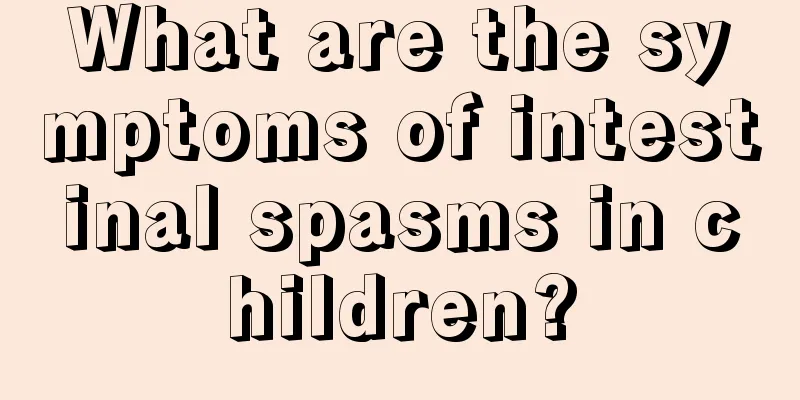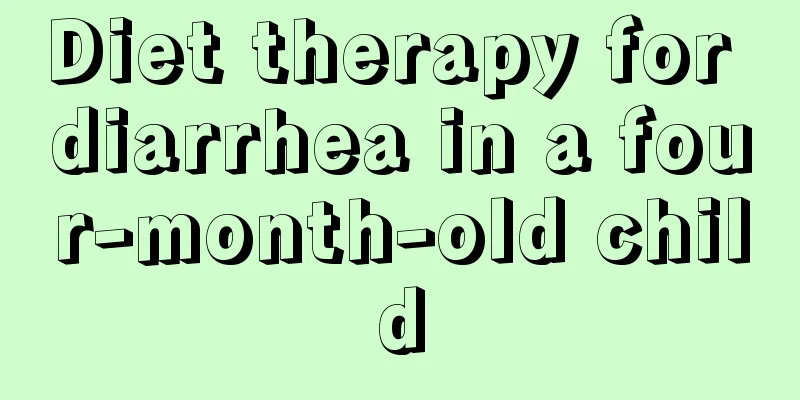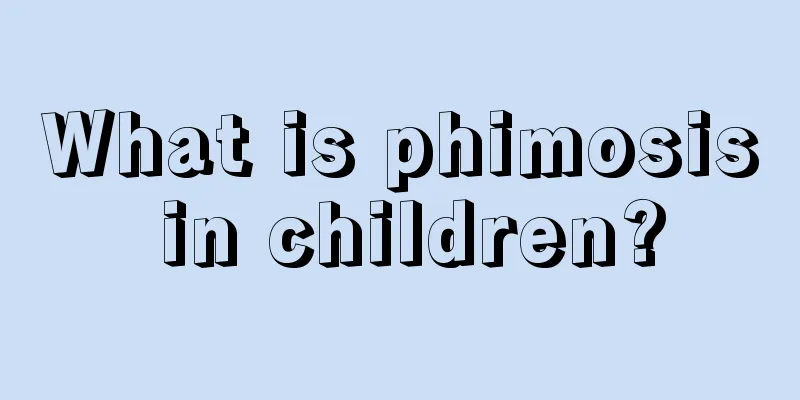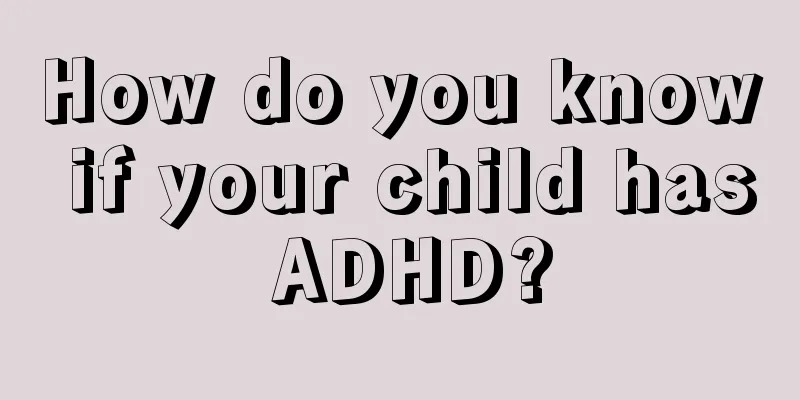What are the symptoms of intestinal spasms in children?

|
Intestinal diseases in children are one of the killers that threaten stomach health. Since children's intestines are not fully developed and various gastrointestinal function indicators are low, children's stomachs are easily affected and symptoms appear. For example, intestinal cramps are a common phenomenon among children. So, what are the symptoms of intestinal cramps in children? Let’s take a look at the simple explanation below. Intestinal spasm, also known as spasmodic colic, is the most common functional abdominal pain in children with acute abdominal pain. The main clinical feature of this disease is that a normally healthy child suddenly develops paroxysmal, intermittent abdominal pain, and no abnormal physical signs are found during the intermittent periods. In young infants, colic may manifest as persistent, inconsolable crying. The main symptoms are crying and restlessness, which may be accompanied by vomiting, flushed cheeks, rolling, curling of lower limbs, etc. When crying, the face flushes, the abdomen is swollen and tense, and the legs are curled up. The attack can be terminated by the child passing gas or defecating. In young infants, attacks may recur and be self-limiting. Clinical manifestation of intestinal spasm: Infants and young children cannot describe their abdominal pain themselves, but only have sudden onset of paroxysmal crying, and sometimes wake up from sleep crying. Each attack lasts from a few minutes to more than ten minutes, and the pain comes and goes. The severity of abdominal pain varies. In severe cases, it may be accompanied by restless limb movement, rolling, pale complexion, and cold hands and feet. The second clinical manifestation of intestinal spasm: Preschool or school-age children can generally express abdominal pain by themselves, and the pain is most common in the middle abdomen or around the navel. Intestinal spasm induced by constipation often manifests as pain in the lower left abdomen, but sometimes the abdominal pain is difficult to locate. Abdominal pain usually occurs in paroxysmal episodes, with no discomfort during the intervals. The third clinical manifestation of intestinal spasm: Although the degree of abdominal pain in older children varies, their overall condition is generally good. Simple intestinal spasm can often heal itself within tens of minutes to hours. |
<<: What causes chest pain in children?
>>: What should I do if my child has an itchy throat and dry cough? Parents can do this
Recommend
What should I do if my child has a fever and is frightened?
We all know that since children have poor physica...
Dietary conditioning for children with spleen and stomach deficiency
Most of the manifestations of spleen and stomach ...
Four types of food that harm baby's brain development
The baby's brain development is closely relat...
How to prevent babies from getting prickly heat in summer?
In summer, the weather is very hot. If the mother...
Treatment for 8-month-old baby crying at night
An 8-month-old baby cries before going to bed at ...
What are some ways for children to enhance their immunity?
As we all know, children's resistance is defi...
What should I do if my child's palms are rough?
It is said that children are in the best period o...
One Minute Sex Education
Nowadays, the problem of sexual assault on childr...
What to do if a child has a dry and bleeding nose
In life, children are the apple of their parents’...
How many days does it take to wean a baby?
In fact, at the beginning, the most nutritious fo...
What medicine should be used for athlete's foot in a 7-year-old child
Athlete's foot is a common foot skin disease ...
What to do if a 2-year-old child is scalded
When a baby is 2 years old, he is very curious ab...
Application scope of baby skin cream
Every child has very delicate skin. With the deve...
Why do newborns always fart?
Newborns are still relatively immature and many o...
Can children eat scallops?
When it comes to food like scallops, many people ...









